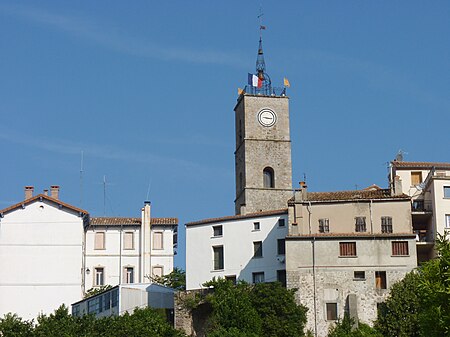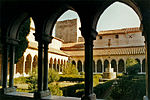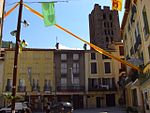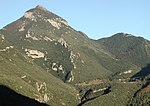Saint-Laurent-de-Cerdans
Communes of Pyrénées-OrientalesPages including recorded pronunciationsPages with French IPAPages with disabled graphsPyrénées-Orientales geography stubs

Saint-Laurent-de-Cerdans (French pronunciation: [sɛ̃ loʁɑ̃ də sɛʁdɑ̃] ; Catalan: Sant Llorenç de Cerdans) is a commune in the Pyrénées-Orientales department in southern France.
Excerpt from the Wikipedia article Saint-Laurent-de-Cerdans (License: CC BY-SA 3.0, Authors, Images).Saint-Laurent-de-Cerdans
Chemin de Can Rouchelle, Céret
Geographical coordinates (GPS) Address Nearby Places Show on map
Geographical coordinates (GPS)
| Latitude | Longitude |
|---|---|
| N 42.3867 ° | E 2.6139 ° |
Address
Chemin de Can Rouchelle
Chemin de Can Rouchelle
66260 Céret
Occitania, France
Open on Google Maps











